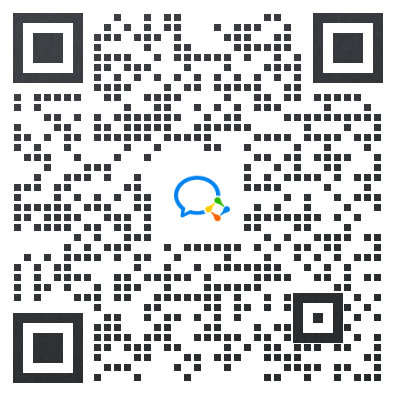反意疑问句
1、什么是反意疑问句
英语中,反意疑问句是由陈述句和附在其后的附加疑问句组成。其中附加疑问句是对陈述句所说的事实或观点提出疑问,起证实作用,一般用于证实说话者所说的事实或观点。翻译为“是吗”
2.反意疑问句的回答,回答时,如果情况属实,用Yes加上反问句的倒装肯定句;如果情况不属实,则用No加上反问句的倒装否定句。例如
You were moved by your students, weren’t you?
情况属实:Yes, I were.
情况不属实:No, I weren’t.
二、反意疑问句中问句部分的动词与陈述部分的动词在语气上成相反的对应关系,即:肯定+否定? 否定+肯定?如:
①You can’t do it, can you?
你不能做它,是吗?
②They are very late for the meeting, aren’t they?
他们开会迟到了,是吗?
三.当陈述句中含有be动词,助动词,或是情态动词时,反问句部分由这些词加上主语人称代词构成,
Be动词包括:am, is, are, was, were
助动词有:do, does, did, have(用在完成时), has(用在完成时)等
情态动词有:can, could, may, might, must, will, would, shall, should
例如:
She is a lovely girl, isn’t she?
她是一个可爱的女孩,是吗?
He will go home, won’t he?
他要回家了,是吗?
She doesn’t like to eat popcorn, does she ?
她不喜欢吃爆米花,是吗?
The baby won’t sleep early, will it?
小宝宝睡得不早,是吗?
注意:
①He has supper at home every day, doesn’t’t he? (不能用hasn’t he?)
他每天在家吃晚饭,是吗?
②They have known the matter, haven’t they? (不能用don’t they?)
他们已经知道那事情了,是吗?更多真题及资料请加小编微信65210638领取
四.当陈述句中只含有行为动词时,若动词加了s,就用does, 若动词为原形,就用do,动词为过去式,则用did,例如:
You cleaned your house last week, didn’t you ?
你上周打扫了你的房间,是吗?
Your father plays the computer very well, doesn’t he ?
你父亲电脑技术很好,是吗?
They look so happy today, don’t they ?
你今天看起来很高兴,是吗?
五.反意疑问句的陈述部分带有little, few, never, hardly, seldom, nobody, nothing, barely, scarcely等否定意义的词时,问句部分用肯定式。如:
①She never tells a lie, does she?(不用doesn’t she?)
她从不说谎,是吗?
②He was seldom late, was he?(不用wasn’t he?)
他几乎不迟到,是吗?
六、反意疑问句的陈述部分为I am…时,问句部分习惯上用aren’t I?表示。
如: I am a very honest man, aren’t I?
我是个很诚实的人,是吗?
七.陈述部分的主语为不定代词something, anything, nothing, everything时,问句部分的主语用it。如:
①Something is wrong with the computer, isn’t it?
电脑有问题了,是吗?
②Nothing has happened to them, has it?
他们什么事也没发生,是吗?
 教师资格证和教师编制资讯资料分享网
教师资格证和教师编制资讯资料分享网






